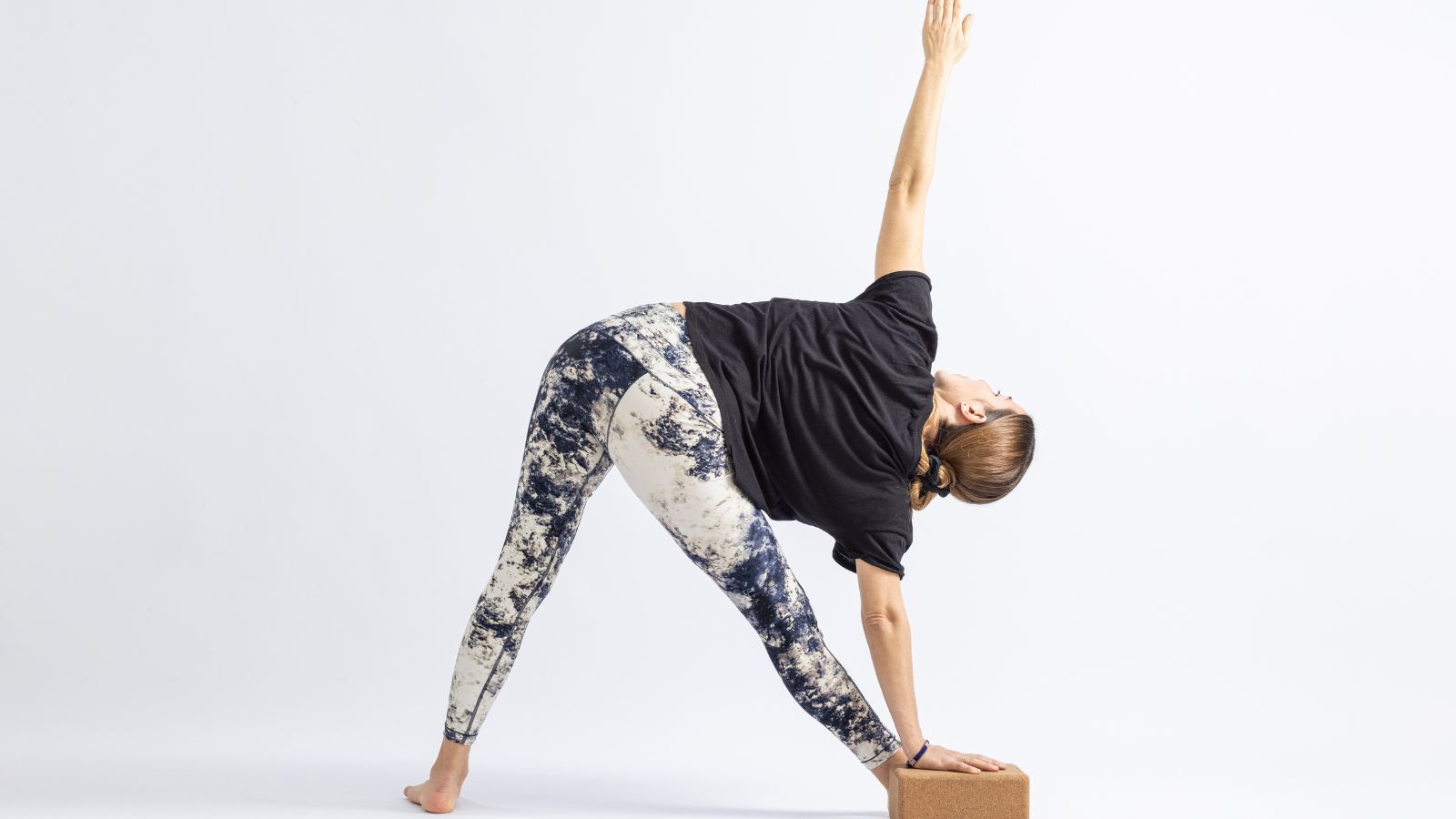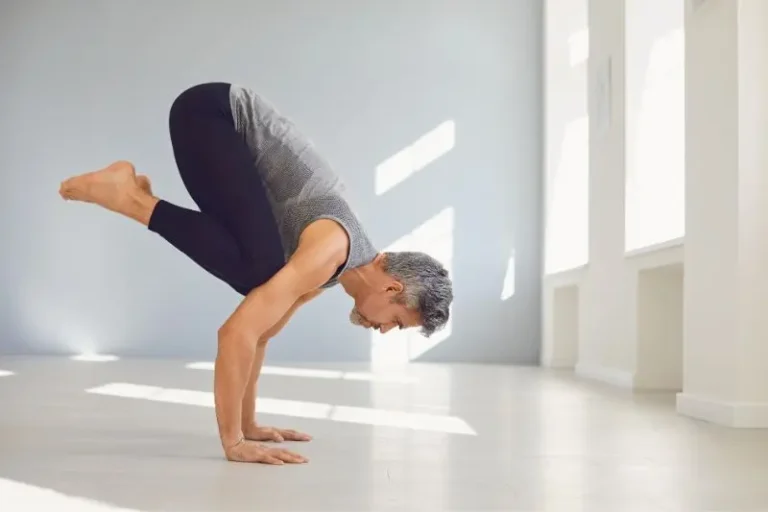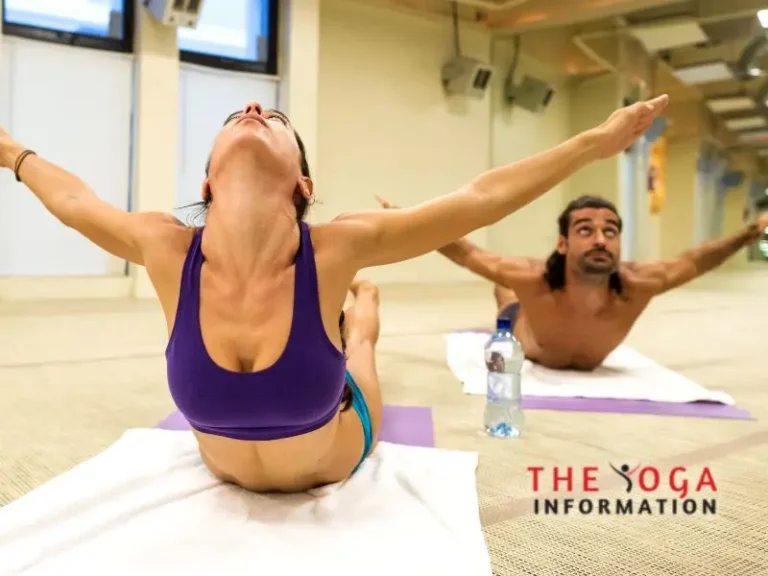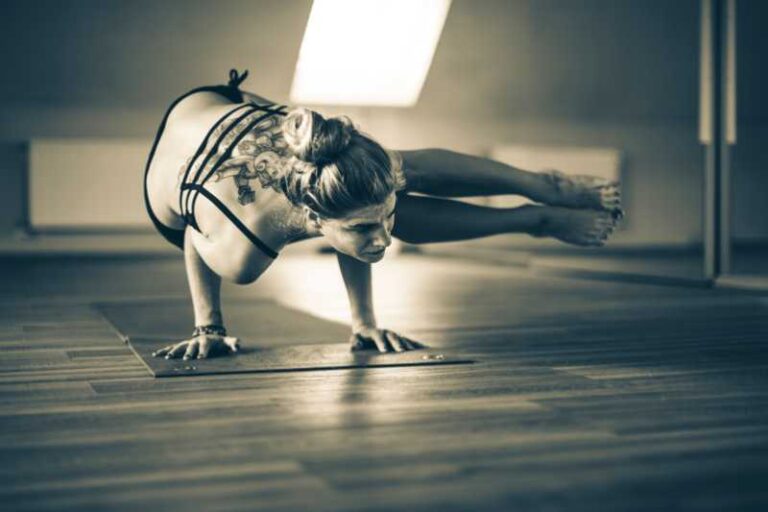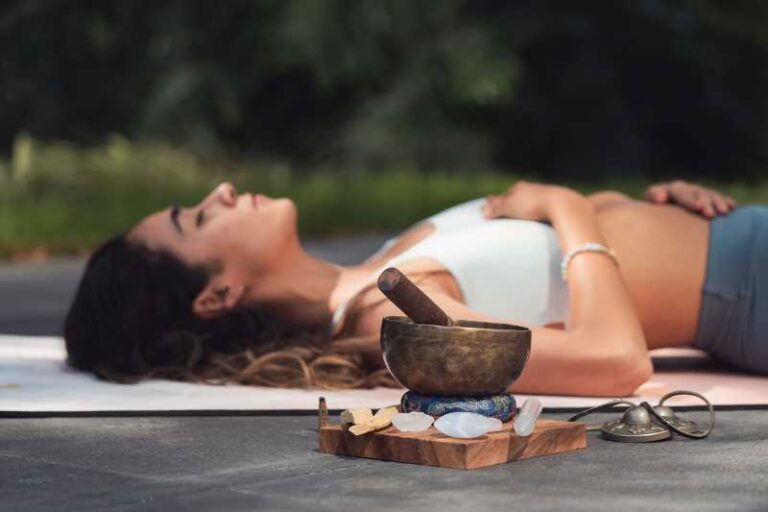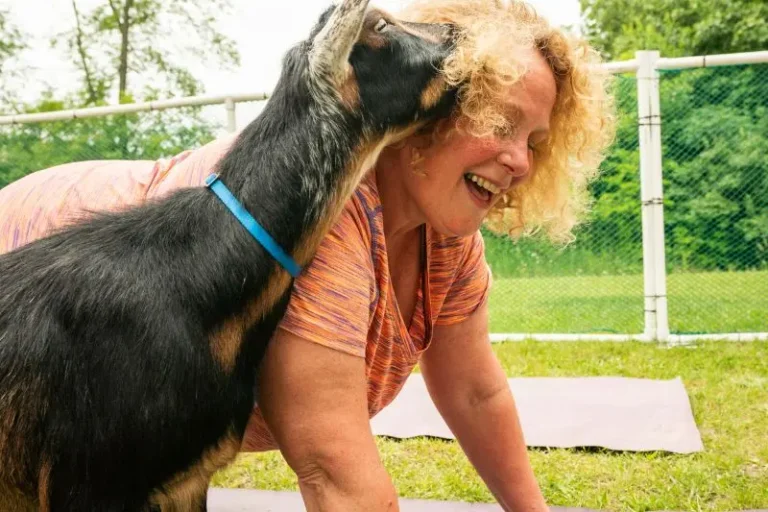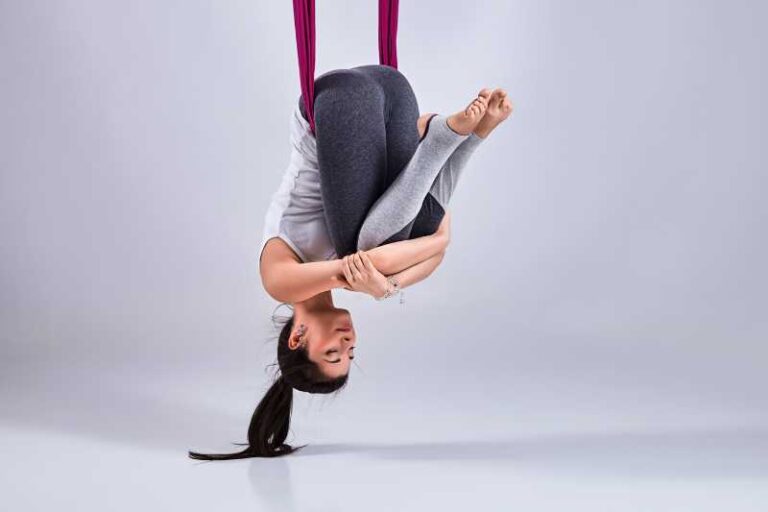Introduction
The name “Rocket Yoga” comes from the idea that this practice “launches” you deeper into your practice, with a focus on breath, movement, and strength.If you are new to yoga, the idea of Rocket yoga may seem intimidating. However, this practice is suitable for all levels of experience, as it can be modified to suit your individual needs and abilities.
What is Rocket Yoga?
Rocket yoga is a dynamic and fun practice that combines elements of Ashtanga yoga with modifications and variations. It is a fast-paced practice that is designed to build strength, flexibility, and balance.
History of Rocket Yoga
Larry Schultz began studying yoga in the 1960s, and he was particularly drawn to the Ashtanga Yoga tradition. He became a dedicated student of Pattabhi Jois and spent many years studying with him in India. However, Schultz found that some of the traditional Ashtanga Yoga sequences were too challenging for many Western students, so he began to modify and adapt them.
In the 1980s, Schultz opened the It’s Yoga studio in San Francisco, where he began teaching his modified sequences. He named these sequences “Rocket Yoga” because they were designed to give practitioners a “lift-off” in their practice. The name also reflected the fast-paced and energetic nature of the practice.
Benefits of Rocket Yoga
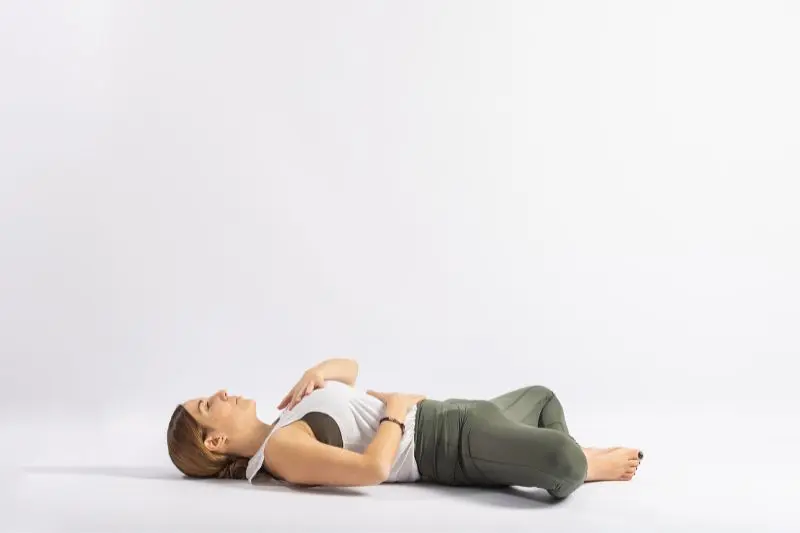
Rocket Yoga is a dynamic and challenging practice that has a wide range of benefits for practitioners of all levels. Whether you are looking to build strength, increase flexibility, boost your energy levels, or reduce stress and anxiety, Rocket Yoga can help you achieve your goals.
Builds Strength
Rocket Yoga is a great way to build strength in your body. The practice is designed to challenge your muscles and help you develop a strong and stable core. The fast-paced nature of the practice also helps to increase your heart rate, which can improve your cardiovascular health and help you burn calories.
Increases Flexibility
Rocket Yoga is also an excellent way to increase your flexibility. The practice includes a variety of dynamic and static stretches that can help you improve your range of motion and prevent injury. The practice also includes a wide range of poses, from standing balances to inversions, that can help you develop better balance and stability.
Boosts Energy Levels
Rocket Yoga is a powerful practice that can help you boost your energy levels and improve your mood. The practice includes a variety of breathwork techniques that can help you calm your mind and reduce stress. The fast-paced nature of the practice can also help you feel more energized and focused throughout the day.
Improves Focus and Concentration
Rocket Yoga is a challenging practice that requires focus and concentration. The practice includes a variety of balancing poses and inversions that can help you develop better concentration and focus. The practice can also help you improve your mental clarity and overall sense of well-being.
Enhances Athletic Performance
Rocket Yoga is an excellent practice for athletes who want to improve their performance. The practice can help you build strength, increase flexibility, and improve your balance and stability. It can also help you develop better endurance and mental toughness, which can translate to better performance on the field or court.
Reduces Stress and Anxiety
Rocket Yoga is a great way to reduce stress and anxiety. The practice includes a variety of relaxation and meditation techniques that can help you calm your mind and reduce stress. The practice can also help you develop a greater sense of inner peace and well-being.
Increases Self-Awareness
It is a powerful practice that can help you increase your self-awareness. The practice includes a variety of mindfulness techniques that can help you become more present and aware of your thoughts and emotions. The practice can also help you develop a greater sense of self-acceptance and self-love.
Rocket Yoga Postures
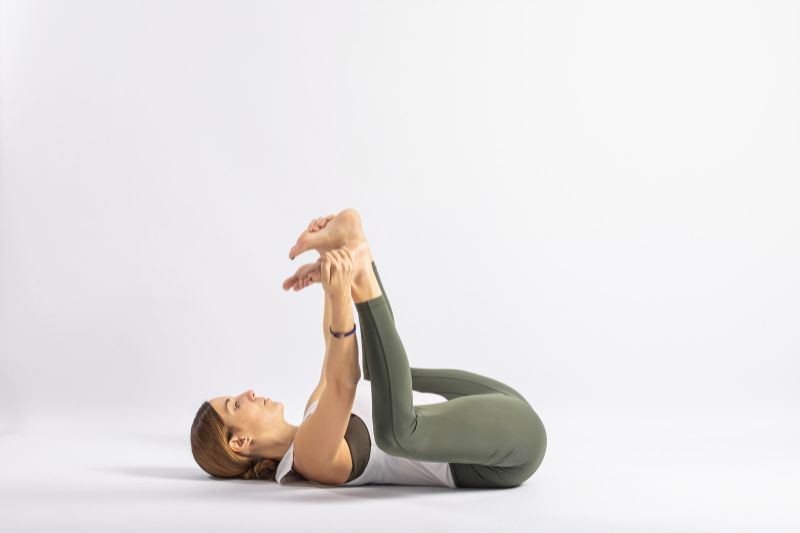
The practice consists of a series of poses that are linked together with breath, creating a seamless flow.
Surya Namaskar A and B (Sun Salutations)
Sun Salutations are a vital part of any yoga practice, and Rocket Yoga is no exception. Surya Namaskar A and B are two variations that are often practiced together as a warm-up sequence. Surya Namaskar A is a six-step sequence that includes forward folds, lunges, and plank poses. Surya Namaskar B is a more challenging sequence that includes warrior poses and upward-facing dog.
Arm Balances
Rocket Yoga includes a range of arm balances that require strength, balance, and focus. One of the most popular arm balances in this practice is the Crow Pose (Bakasana). This posture involves balancing on the hands with the knees resting on the upper arms. Other arm balances in Rocket Yoga include the Side Crow Pose (Parsva Bakasana) and the Eight-Angle Pose (Astavakrasana).
Inversions
Inversions are an essential part of Rocket Yoga, and they offer a range of physical and mental benefits. Headstand (Sirsasana) and Shoulderstand (Sarvangasana) are two of the most common inversions in this practice. These postures are known for their ability to improve circulation, boost the immune system, and calm the mind.
Backbends
Backbends are an excellent way to open up the chest and improve posture. Rocket Yoga includes a range of backbends, including the Camel Pose (Ustrasana), the Bow Pose (Dhanurasana), and the Wheel Pose (Urdhva Dhanurasana). These postures help to strengthen the back muscles, improve spinal flexibility, and increase energy levels.
Twists
Twists are an essential part of any yoga practice, and Rocket Yoga is no exception. Twists help to improve digestion, detoxify the body, and improve spinal mobility. Some of the most common twists in this practice include the Half Lord of the Fishes Pose (Ardha Matsyendrasana), the Revolved Triangle Pose (Parivrtta Trikonasana), and the Revolved Head-to-Knee Pose (Parivrtta Janu Sirsasana).
Rocket Yoga Sequence
The Rocket Yoga sequence is a series of postures that are arranged in a specific order. It is a modified version of the Ashtanga Vinyasa Yoga primary and secondary series, with added postures and variations. The sequence is designed to be fast-paced, challenging, and dynamic, with a focus on building strength, flexibility, and stamina.
The Rocket Yoga sequence is divided into three parts. The first part is called the Rocket 1 sequence, which is based on the Ashtanga Yoga primary series. The second part is the Rocket 2 sequence, which includes more advanced postures and variations. The third part is the Rocket 3 sequence, which is a combination of both Rocket 1 and Rocket 2 sequences.
The Rocket Yoga sequence is designed to be practiced in a heated room, with a temperature of around 90-95 degrees Fahrenheit. The heat helps to warm up the body and increase flexibility. The sequence is usually practiced with music, which adds to the dynamic and energetic nature of the practice.
Tips for Practicing Rocket Yoga
By following these tips, you can make the most of your Rocket Yoga practice and experience the physical and mental benefits of this dynamic style of yoga.
Start with a Strong Foundation
It is based on the traditional Ashtanga Vinyasa Yoga, so it’s important to have a strong foundation in basic yoga poses and breathing techniques before attempting Rocket Yoga. Make sure you have a good understanding of the fundamentals of yoga before diving into the more challenging aspects of Rocket Yoga.
Focus on Breath and Movement
In Rocket Yoga, the breath is synchronized with movement as you flow through a series of challenging poses. Focus on deep, steady breathing to help you stay calm and centered during the practice. The combination of breath and movement is essential for creating a powerful and dynamic yoga practice.
Warm Up Properly
Because Rocket Yoga is fast-paced and challenging, it’s important to properly warm up your body before diving into the more intense poses. Start with some gentle stretching and warm-up poses to prepare your body for the more advanced movements.
Listen to Your Body
Rocket Yoga is a challenging practice, so it’s important to listen to your body and not push yourself beyond your limits. Pay attention to how your body feels in each pose and make modifications as needed to avoid injury. It’s okay to take breaks and rest when you need to – the practice is about finding balance and strength, not about pushing yourself to the limit.
Stay Present and Focused
Rocket Yoga requires a high level of focus and concentration, so try to stay present and focused throughout the practice. This can help you stay centered and balanced as you move through the challenging sequences of poses.
Practice Regularly
Like any form of yoga, regular practice is key to seeing progress in Rocket Yoga. Try to incorporate Rocket Yoga into your weekly routine to build strength, flexibility, and balance over time.
Conclusion
Rocket Yoga is a dynamic and energetic practice that combines elements of traditional yoga with a focus on strength, flexibility, and balance. This style of yoga offers a challenging yet invigorating experience, making it suitable for those seeking a more vigorous and fast-paced yoga practice. With its emphasis on fluid transitions and creative sequencing, It is provides a unique and empowering approach to achieving physical and mental well-being.
